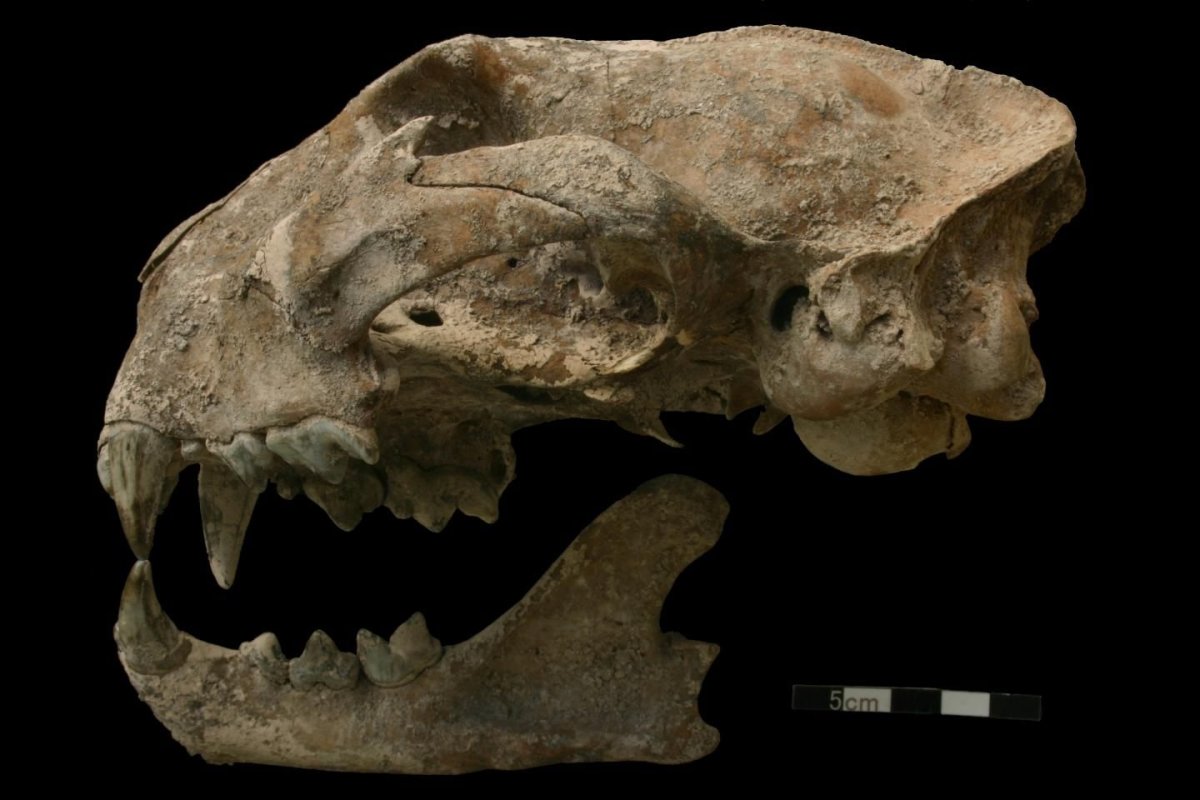Recent findings from the Maya city of Copán in Honduras have shed new light on the role of wild animals in ancient Mesoamerican society.
Wild animals played a significant practical and symbolic role in ancient Mesoamerican culture, according to evidence which stretches back to the first half of the first millennium and the once mighty civilization at Teotihuacan in what is now central Mexico.
Animals were domesticated as resources to be eaten or turned into other products. They were also used by elites as symbolic displays of status and power or killed in ritual sacrifices—particularly apex predators, such as pumas and jaguars.
In a paper published in the open-access journal PLOS ONE, a team led by anthropologist Nawa Sugiyama from George Mason University show that these practices were much more extensive than previously thought.
"The rich iconographic tradition of the Maya documents how both animals and animal parts played a prominent role in human-animal dynamics beyond basic subsistence needs," the authors wrote in the study. "Animals are depicted as gods, emblems of power, and as agents of influence over natural forces like water, sunlight, and darkness."
For their paper, the researchers examined the remains of animals found at Copán—a key city on Mesoamerica's southeastern frontier, which was the capital of a major kingdom between the 5th and 9th centuries.
By examining the bones and teeth of pumas, jaguars, deer, owls, spoonbills, crocodiles and other animals, the team were able to determine their diet and geographical origin. This led them to the conclusion that the Maya routinely captured diverse species of wild animals for a variety of purposes and traded them via expansive networks.
"Even large predators, like jaguars and pumas, were kept in captivity, while deer, birds, other animals and animal by-products—pelts and meat, for example—could have been traded extensively throughout Mesoamerica," Sugiyama told Newsweek.
Many of the specimens sampled for the study were found in sacrificial and burial sites across the city. These often contained the remains of several types of animals, notably, cats. One site, known as "Altar Q" for example, contains 16 jaguars, pumas, and other smaller felids, (alongside a variety of birds). For the Maya, cats were icons of power and were associated with rulership. According to the researchers, the sacrifice at Altar Q was likely used to legitimize the 16th and final ruler of Copán.
"Previously, we had underestimated the extent to which wild animals were important economic and ritual elements throughout Mesoamerica due to the lack of large domestic livestock," she said. "With only the dog and turkey considered true domesticates in Mesoamerica, we didn't appreciate the extent to which other wild animals were tamed, kept in captivity, bred as food and used in lavish rituals."
The team examined the animal remains using a technique known as isotopic analysis which can help to identify certain chemical elements within organic and inorganic compounds.
"Essentially you are what you eat, and the bones and teeth in your body reflect the diet and geographical origin of the food and water sources you consume," Sugiyama said. "By analyzing the bones and teeth of the animals found in ritual caches at Copán, we were able to show that the jaguars and pumas were eating as much corn-based resources as a domesticated turkey."
This means, that these felids were likely eating corn-fed turkeys regularly in their diet, indicating they were being kept in captivity by humans.

"Similarly, deer and some other felids demonstrated the water sources they were consuming were much more varied than expected within the Copán Valley, likely because they were traded from other regions of Mesoamerica."
According to the authors, the latest study opens up many new avenues of research which will enable us to reconstruct the full picture of human-animal interactions in Mesoamerica.
The Maya civilization dominated what is now southeastern Mexico, Guatemala, Belize, and the western areas of El Salvador and Honduras, for more than 3,000 years until the arrival of Spanish conquistadors.
They were notable for creating the only fully developed writing system in pre-Columbian America, as well as their striking architecture, art, mathematics, calendar and astronomical system.
Uncommon Knowledge
Newsweek is committed to challenging conventional wisdom and finding connections in the search for common ground.
Newsweek is committed to challenging conventional wisdom and finding connections in the search for common ground.
About the writer
Aristos is a Newsweek science reporter with the London, U.K., bureau. He reports on science and health topics, including; animal, ... Read more
To read how Newsweek uses AI as a newsroom tool, Click here.








